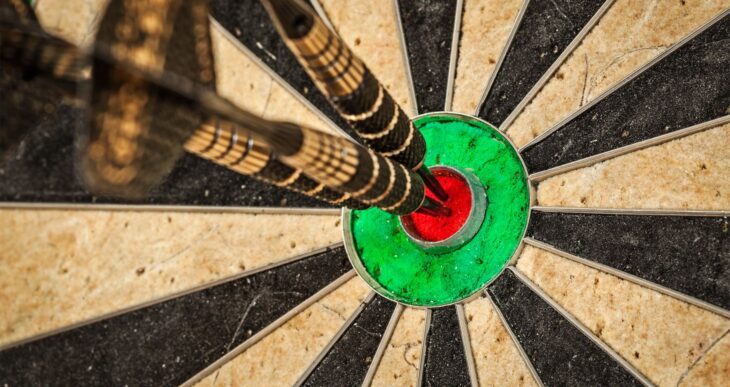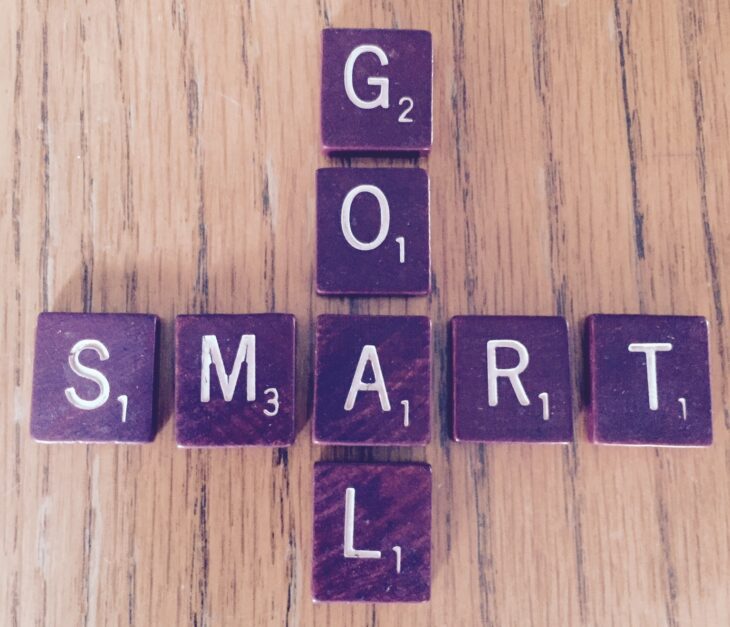When it comes to training and sport, most people improvise their activities, leaving the results and benefits to chance. But this way of organizing does not usually lead to satisfactory results, causing most to end up dropping out and quitting, and even thinking that they don’t have significant effects from sports. The way to solve this big problem is to plan your training well. There is no need for you to start at an expert level but go step by step. You should set objectives that you can achieve and how you are going to do it. This way, you will have continuous progression and maintain your physical state. However, the most challenging part of all this is the question – how to achieve that? Well, it will not be easy, but we will provide you with specific guidelines to get you started little by little:
Contents
- 1. Define times and deadlines
- 2. Define objectives
- 3. Fitness assessment
- 4. Individualism
- 5. Knowledge
- 6. Motivation
- 7. You should create a routine
- 8. Know your long-term goals
- 9. Set short-term goals
- 10. Maintain measurable goals
- 11. Set achievable goals
- 12. Follow specific plans
- 13. Find personal motivation
- 14. Reward yourself and have fun
1. Define times and deadlines
You have to take into account the time you have for the activity, the days of the week, and the available hours. Besides, you must establish specific periods to meet goals. In terms of physical activity, we can divide them into Macrocycles (annual season), Mesocycles (periods ranging from 2 to 8 weeks), Microcycles (weekly), and the Training units themselves (each one of the sessions). Within each one, the different types of training can be established according to the objective, that is, the means that we will use for its development.
Also, certain products can help you achieve your goals. If you want to find out more about it, check out buysteroidspro.com.

Source: tidyyourtime
2. Define objectives
By this, we mean that phrases like “I want to lose weight” will not be enough. You must specify the objective well so that it is quantifiable and that you can measure your evolution and make sure that you can manage it. An example of a clearly defined goal would be: “Reduce 22% of body fat in 5 months.” As you can see, we have also established a specific period.
3. Fitness assessment
You must be realistic when it comes to your goals. For this, the coaches use various tests, and they check their clients` levels. You can check your physical condition with such criteria.

Source: mensjournal
4. Individualism
Do not follow your neighbor’s plan; you will have more success if the program is tailored exclusively to your needs.
5. Knowledge
If you do not think you can plan an excellent basic training yourself due to your inexperience, it is best to have the help of a professional. You can organize some of the steps, such as periodization, but for more technical topics, you can always count on an instructor or trainer from your gym.

Source: cfmanitoba
6. Motivation
Within your plan, you must have certain “weapons” that help you not to slack off in bad times and not to fall into a routine: varied music, self-rewards for meeting goals, sportswear, and any item that takes you to the top.
7. You should create a routine
You need to know that the most important thing is to go out to do sports and train in a fun way. Start little by little and give it time. You need to have a fun and diverse routine that lasts over time.

Source: maismovingcastle
8. Know your long-term goals
You should think about how the future is essential for you to be able to stay active and committed. If you want to lose 30 kilos in the next twelve months, an excellent method is to write it on paper and place it in a visible place so as not to forget it. It is vital to keep the pact with yourself and be responsible for achieving that goal.
9. Set short-term goals
Detailing long-term goals makes it easier to get there. The short-term goals are those steps that will help you lose those 30 kilos gradually. An example is creating monthly and weekly calendars detailing guidelines such as “lose 1-2 kilos per week”, always being reasonable with the metabolism and physical conditions of each.

Source: saba
10. Maintain measurable goals
The best way to verify that the objectives are met is through goals with measurable results. One of the keys is to do it from the weight. Doing weekly or monthly weigh-ins and keeping track ensures that goals, both short and long-term, stay active and on track. Carrying out a registry allows you to evaluate the process. If short-term goals are not being achieved, it is possible to adjust the diet or increase the exercises.
11. Set achievable goals
Unrealistic goals only lead to failure and rapid frustration, deviating you from your long-term goal. Aggressive goals can backfire. It is necessary to be logical when posing them, stay realistic, but at the same time, patient, and committed.

Source: verywellfit
12. Follow specific plans
A correct action plan is all you need to achieve short-term goals. That includes planning a workout and nutrition that will help you lose 1-2 kilos per week or adapt to your needs. It is essential to be specific and responsible when choosing training times and days so that later it is feasible to do so. For the nutritional plan, it is possible to consult a specialist and keep a record of calories and food consumed weekly.
13. Find personal motivation
What is intended with the long-term goal? Although some goals are more accessible than others, the final aim will only be achieved if you find yourself working for yourself. Putting your heart and self-interest in the fight for success is essential so that there is no room for discouragement.

Source: verywellmind
14. Reward yourself and have fun
The way to go can be exhausting, and not all the objectives are pleasant or of our preference. If reaching goals becomes a constant effort, without activities you like, success is likely to be more challenging to achieve. It is essential to practice sports that seem most attractive to you and avoid those that annoy you. If you like basketball, you should focus on cardio exercises. It is also possible to modify certain vegetables or foods in the diet for others that are healthy but that you do not hate eating. Having fun and rewarding yourself for the effort is the best key to avoid failure or fatigue.

Source: livehealthyosu
Conclusion
Feeling stagnant or on a plateau is a widespread feeling when walking this path of long-term goals. The important thing is to stay patient, be consistent and responsible in the established plans. Keep going and be creative when it comes to meals and workouts, so you don’t get tired or annoyed.
Rewarding yourself for achieving goals is also an attractive incentive to feel comforted and motivated. That can be as simple as buying a new training shirt or changing shoes. The important thing is to be able to enjoy the process of reaching your goals. The feeling of pride and satisfaction for having achieved your goals and doing something to improve your life is worth all the time and effort.
